Victims 7 | Name Doug Clark Date apprehended August 12, 1980 | |
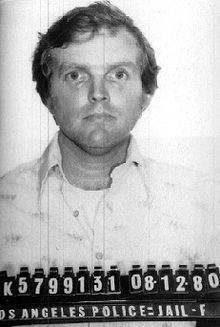 | ||
Other names The Hollywood Slasher , The Sunset Strip Killer , The Sunset Strip Slayer Span of killings June 1, 1980–August 1980 Similar Charles Ray Hatcher, Donald Harvey, Robert Hansen Profiles | ||
Criminal penalty Capital punishment | ||
Douglas Daniel Clark (born March 10, 1948) is an American serial killer. Clark and his accomplice Carol M. Bundy were known as the "Sunset Strip Killers." They were accused and subsequently convicted of a series of killings in Los Angeles.
Contents
- LA detective leroy vs doug clark the sunset strip slayer
- The Sunset Strip Killers Doug Clark Carol Bundy Born To Kill Our Life
- Biography
- Murders
- Arrest and conviction
- References
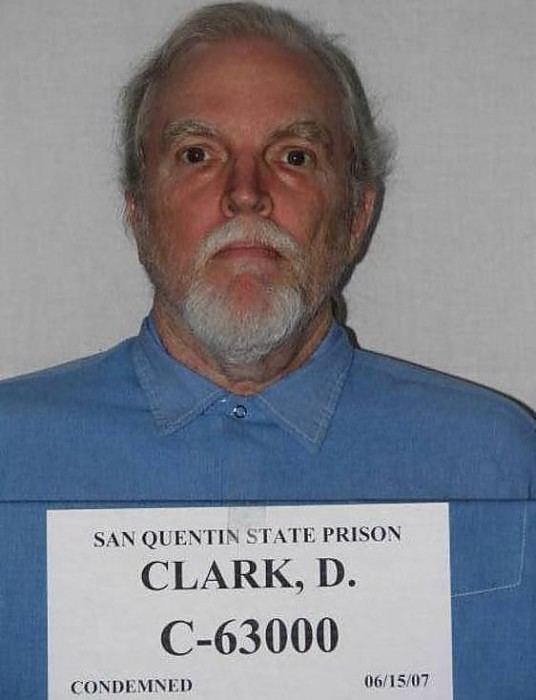
LA detective leroy vs doug clark - the sunset strip slayer
The Sunset Strip Killers: Doug Clark & Carol Bundy (Born To Kill) | Our Life
Biography
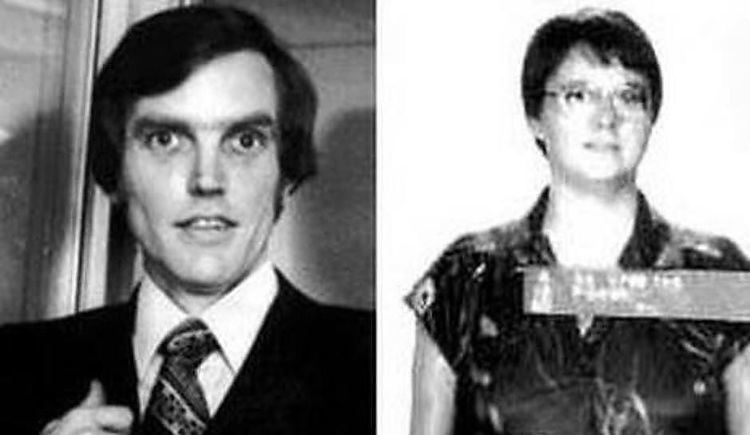
Clark was the son of a Naval Intelligence officer, Franklin Clark. The family moved a lot during Clark's childhood due to his father's work and he later claimed to have lived in thirty-seven different countries. In 1958, his father left the Navy for a civilian position as an engineer with the Transport Company of Texas, but the family was still nomadic. They lived in the Marshall Islands for a time, moved back to San Francisco, and then moved again to India. For a while, Clark was sent to an exclusive international school in Geneva and he later attended Culver Military Academy while his father continued to move around the world. When he graduated in 1967, Clark enlisted in the Air Force.
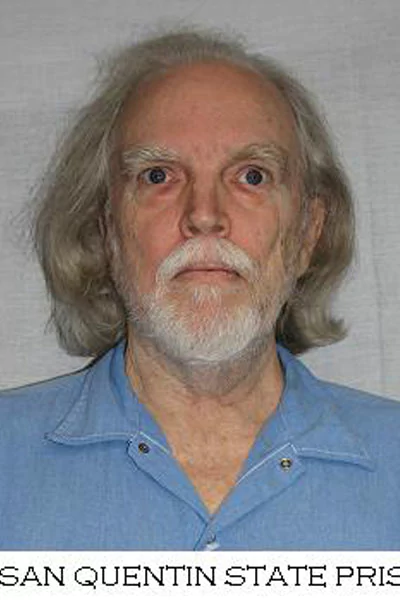
His life began to unravel at this point and he was discharged from the Air Force and he drifted around for the next decade, often working as a mechanic. But his real concentration was his "vocation as a sexual athlete: 'the king of the one night stand' as he liked to call himself." He moved to Los Angeles and was employed as a steam plant operator for the Los Angeles Department of Water and Power at the Valley Generating Station, but abruptly quit one night. Subsequently he became a boiler operator at the Jergens soap factory in Burbank, but was fired due to a high rate of absence and threats of violence he had made against his coworkers. One of the bars he frequented in the area was called Little Nashville, where he met Carol Bundy in 1980. He soon moved in with her and found out that she too had dark sexual fantasies.
Murders

Clark started bringing prostitutes back to the apartment that he shared with Bundy to have sex with both of them. Then, Clark began to take an interest in an 11-year-old girl who was a neighbor. Bundy helped lure the girl into sexual games and posing for sexual photographs. The pedophilia wasn't enough for them, however, and Clark started to talk about how much he would like to kill a girl during sex and persuaded Carol to go out and buy two .25 Raven Arms automatic pistols for him to use. Reportedly, Clark was striving to fulfill his fantasy of killing a woman during sex and feeling her vaginal contractions during the Death spasms. This phrase was used specifically in a letter, written in Bundy's handwriting and signed "Carol," the name she used when she first called the police.

The killing began during June 1980. Clark came home one night and told Bundy about two teenagers, Gina Narano and Cynthia Chandler, he had picked up on the Sunset Strip that day and subsequently murdered. He had ordered them to perform fellatio on him and then shot them both in the head before taking them to a garage and raping their dead bodies. He had then dumped their bodies near the Ventura Freeway where they were found the next day. Bundy was uneasy upon hearing this news and phoned the police admitting to having some knowledge of the murders but refused to provide any clues as to Clark's identity. Clark told Bundy that if either of them were apprehended, he would take the blame in the hope that Bundy would be allowed to go free.
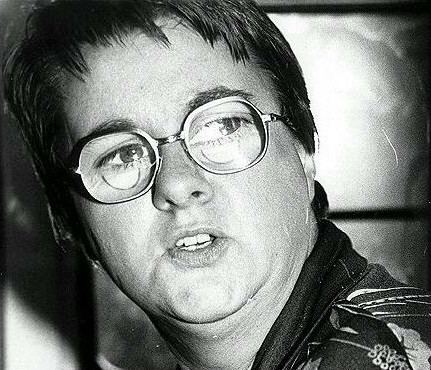
Twelve days after the initial murders, Clark killed again and this time Bundy didn't call the police. The victims were two women, Karen Jones and Exxie Wilson. Like before, Clark lured them into the car, shot them, and dumped their bodies in plain sight. The difference this time was that he took a trophy: Exxie Wilson's head. He took the head back home and stored it in the fridge. Bundy, upon seeing it, put make-up on it before Clark used it again for another "bout of necrophilia." Two days later, the duo put the freshly cleaned head in a box and dumped it in an alleyway. Three days later, another body was found in the woods in the San Fernando Valley. The victim was a runaway named Marnette Comer, who appeared to have been killed three weeks earlier, making her Clark's first known victim.
Clark waited a month before striking again. Meanwhile, Bundy was still infatuated with John Murray, a part-time singer she had met at Little Nashville before she met Clark. She would go see him sing and after a few drinks, her conversation would turn to things she and Clark were doing. Murray was alarmed and implied that he might tell the police. In order to avoid this from happening, in August 1980, Bundy lured Murray into his van after a show to have sex. Once they were inside, she shot him and decapitated him. She left various clues behind however, such as the fact that the two of them were seen together in the bar and she had left shell casings in the van. Bundy couldn't take the pressure and two days later she confessed to her co-workers that she had killed Murray. They called the police and she began to give them a full and to-the-point confession about her and Clark's crimes.
Clark is believed to have murdered an unidentified youth who was discovered on August 26, 1980 in Newhall, California. The victim had been shot in the head and was found wearing only a red sweatshirt. Her face was reconstructed by the National Center for Missing and Exploited Children in efforts to identify her, as her remains were unrecognizable due to skeletonization.
Arrest and conviction
Clark was immediately arrested and the guns were found hidden at his work. Bundy was charged with two murders: Murray and the unknown victim whose killing she confessed to having been present at. Clark was charged with six murders. At his trial, he acted as his own defense and tried to blame Bundy for everything, portraying himself as an innocent dupe. The jury did not believe him; he was sentenced to death in 1983. He still sits on California's death row. Bundy on the other hand, made a plea bargain and, in return for her testimony, only received a life sentence. Bundy died on December 9, 2003 in prison at 61 from heart failure.
However, some doubt has been cast on the nature of Clark's conviction. Investigative criminologist Christopher Berry-Dee has contested that Clark could actually provide alibis for five of the seven murders he was convicted of, and that the presiding judge refused to accept key physical evidence, including a witness and several banking documents that exonerated him in the murder of Exxie Wilson. Aside from this, Bundy's testimony has been proven to be highly inconsistent and riddled with contradictions. She claimed at first that Clark had murdered "Jane Doe 18" two weeks before her interview on August 11 without her involvement or knowledge. When she was told that Clark had an air-tight alibi for that date, she was allowed to change her story, and subsequently provided intricate details on the manner of the murder and location of the body, even though she had at first claimed to know nothing about it. Bundy has also admitted that the police allowed her to withdraw $3000 from her victim Jack Murray's bank account, although she claims the police took this and did not return it to her. With an almost total lack of physical evidence, Carol Bundy's testimony formed the entire basis of Clark's conviction..
What's more, Clark's lawyer was drunk during most of the case, and fell asleep several times while Clark was being cross-examined. As a result he requested to defend himself. He was denied co-counsel, advisory counsel and the services of a law clerk, the judge illegally telling him to "go it alone."
